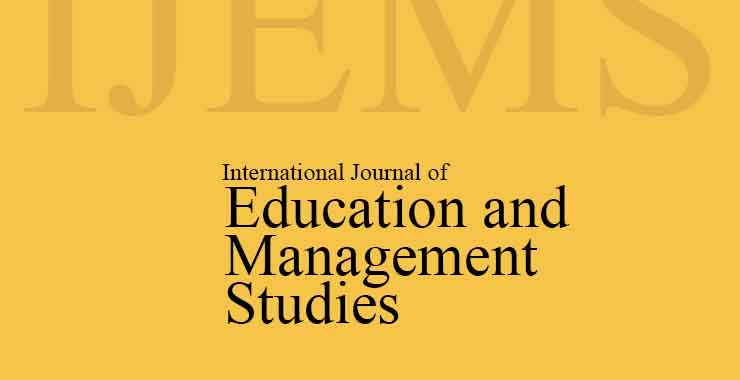Weaving Heritage into Modernity: The Role of Rabari Women in Revitalizing Traditional Embroidery for Contemporary Markets
Original price was: ₹ 201.00.₹ 200.00Current price is: ₹ 200.00.
Page: 449-452
Priyanka (Department of Anthropology, Ranchi University, Ranchi, Jharkhand)
Description
Page: 449-452
Priyanka (Department of Anthropology, Ranchi University, Ranchi, Jharkhand)
The Rabaris, who live in nesses-tiny, mud-built hutments-in the Gujarati regions of Gir, Barda, and Alech, received Scheduled Tribe (ST) status from the central government in October 1956. Their history of migration can be traced back to Iran, Afghanistan, and Baluchistan, from where they migrated and settled in the western regions of Gujarat and Rajasthan. Their rich cultural tradition combines pastoralism with mythology, forming a distinctive socio-cultural identity. This identity was shaped by their migration to India in the 4th century and subsequent settlement in areas like Gujarat, Rajasthan, and Punjab. Historically, Rabaris were involved in herding animals and camels. Over time, they transitioned from nomadic to sedentary pastoralism, adapting to the cultural influences of their surroundings. Rabari embroidery, a defining characteristic of their heritage, reflects this process of acculturation. Characterized by vibrant colors, intricate motifs, and mirror work, this embroidery-predominantly crafted by women-serves as a representation of their environment and mythology. Initially a form of self-expression, this craft has evolved to secure a unique position in modern markets. As the guardians of this tradition, Rabari women play an essential role in preserving and revitalizing their embroidery, skillfully blending traditional elements with contemporary designs to meet the demands of a global audience. This paper examines how Rabari women have utilized embroidery to preserve their traditional identity while navigating the challenges of commercialization and modernization. It explores how this age-old craft has adapted to the preferences of modern consumers, ensuring its relevance in an ever-changing world.

